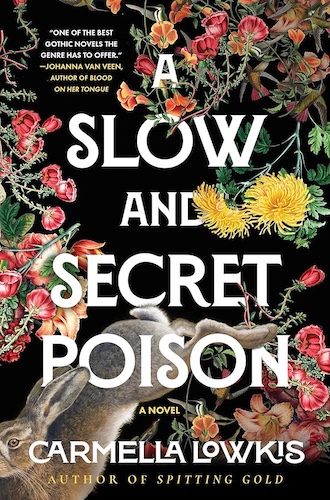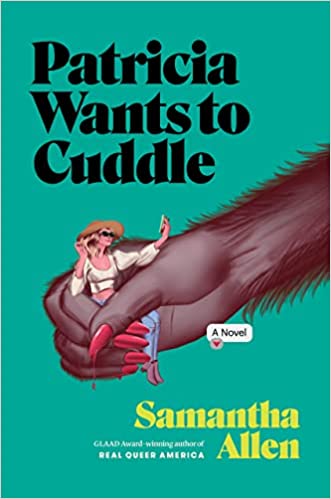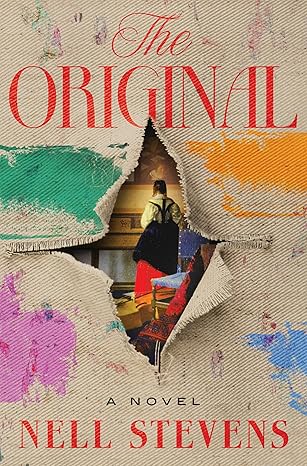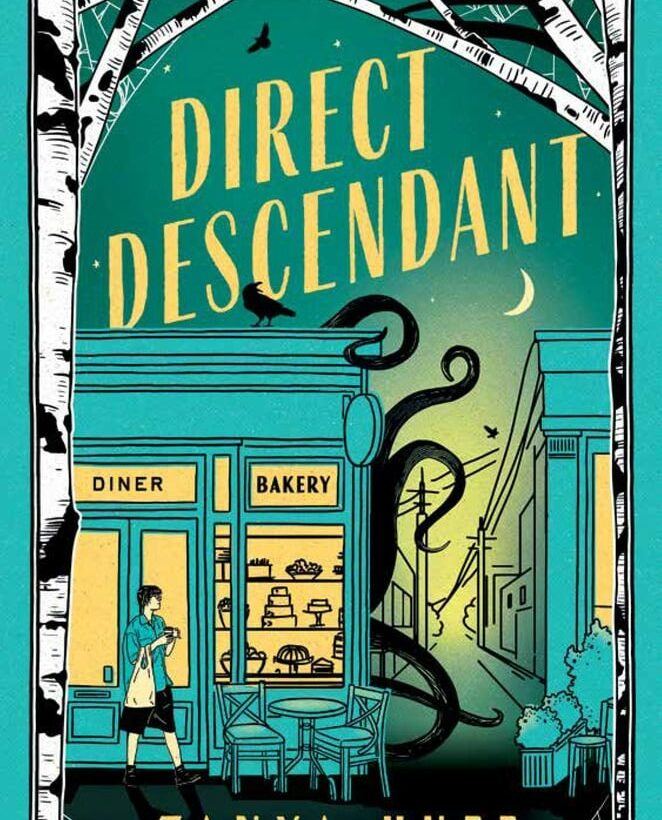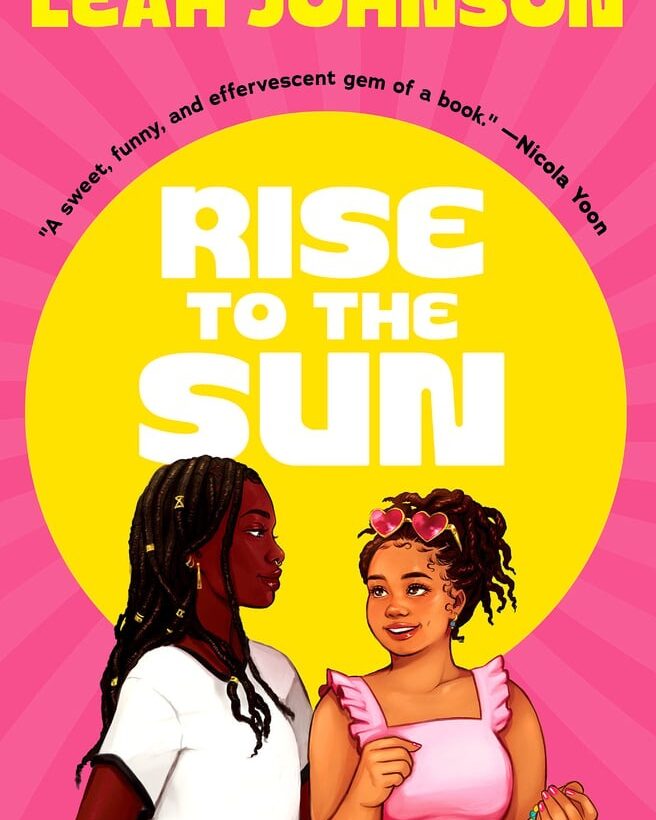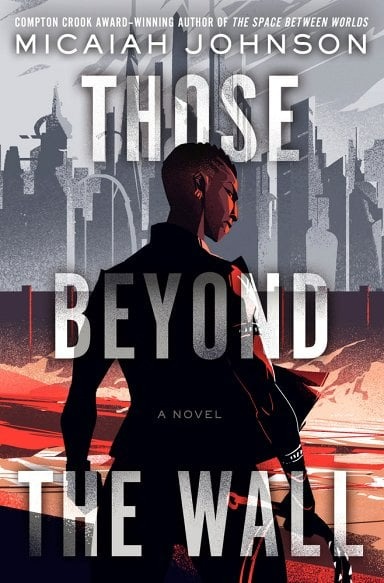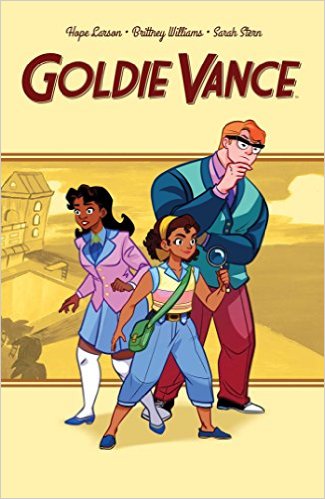You know when a bunch of factors work together in your favour to make a book particularly immersive for you? This was my experience, earlier during a holiday weekend (late October), when I read Carmella Lowkis’s sophomore novel A Slow and Secret Poison (February 10, 2026). A wonderfully atmospheric and twisty, somewhat slow-burn sapphic horror thrillerRead More
The Camp of “Bottoms” Meets the Drama of “The Bachelor”: Patricia Wants to Cuddle by Samantha Allen Review
Whatever you think you’re getting into with this one…think again. Patricia Wants to Cuddle is a queer comedy/horror novel told from multiple POVs, including contestants after the star of a dating show called The Catch, the producer of said dating show, the host of a remote bed & breakfast, and a series of blog posts. It starts withRead More
A Masterpiece of Lesbian Historical Fiction: The Original by Nell Stevens
As someone who read and loved Nell Stevens’s previous historical novel, Briefly, a Delicious Life (2022), I was eagerly anticipating her latest release, The Original (Norton, 2025), and it did not disappoint! Set primarily in England in 1899, Grace is the longtime ward of her uncle’s family on their once-grand estate. After her parents were sent to mental institutions,Read More
A World-Bending Mystery of Impossible Choices: The Last Hour Between Worlds by Melissa Caruso Review
This book came to me as a metaphorically dog-eared suggestion from my friend Eliot, and I’m so glad they suggested it; it’s just the sort of book I love. In The Last Hour Between Worlds, the latest release from Melissa Caruso, the author builds up catastrophes like a clockmaker who’s bent on breaking time. SheRead More
Cozy Queer Horror Romance: Direct Descendant by Tanya Huff Review
If you are torn between reading something cozy right now for comfort and reading a little horror because it’s awesome, then look no further than Direct Descendant by Tanya Huff this summer. A little bit horror, a little bit romance, a whole lot cozy, Direct Descendant was a delightfully distracting read, perfect for a slightly different beach read or aRead More
A Sapphic Celestial Slow Burn: Conjuring & Crossroads by Luciana Morfa
You know that feeling when you finish a book and just kind of… sit there, clutching it to your chest like it personally changed your life? That was me after reading Conjuring & Crossroads by Luciana Morfa. It’s one of those reads that sneaks up on you—fun and swoony at first, and then suddenly you’re crying over two goddesses learning how to love each other through centuries of baggage.
A TBR Shame Spiral in Six Titles
As a librarian, my TBR (to-be-read) shelf is never ending. Every time I think I am going to crack down on my whole bookshelf of unread books, something amazing comes through the returns chute, or my VERY well-meaning coworkers share something that they think I will love (most times they are right on the money)Read More
Sci-Fi as Protest: Those Beyond the Wall by Micaiah Johnson
I don’t think I’ve ever been so pulled into a novel by the dedication, author’s note, and epigraph. (The epigraph to Part One is “i did not come to preach of peace / for that’s not the hunted’s duty.” -Danez Smith.) In the author’s note, Johnson explains the inspiration behind this book coming from her time participating in the 62-day sit in at Nashville’s Tennessee State Capitol. I found myself writing down multiple quotations, including…
A Queer Girl Detective Romp: Goldie Vance (Volume One) by Hope Larson, Brittney Williams, and Sarah Stern Review
Goldie Vance (Volume One) centers on a girl detective with a passion for cars, ideally fast ones. She’s the daughter of a hotel manager and a professional mermaid in Cold War-era Florida. Goldie is a friendly, outgoing, direct girl, and when she hears of a necklace gone missing in her dad’s hotel, she’s right on theRead More
A Noir Mystery with Angels and Demons: Even Though I Knew the End by C.L. Polk Review
In 1940s Chicago, a serial killer known as the White City Vampire spreads fear as everyone wonders who his next victim will be. Helen Brandt, an exiled magician deemed a warlock for her crimes against the Brotherhood, is on the case. But as the mystery unfolds, her past comes back to haunt her, and sheRead More
- 1
- 2
- 3
- …
- 17
- Next Page »
